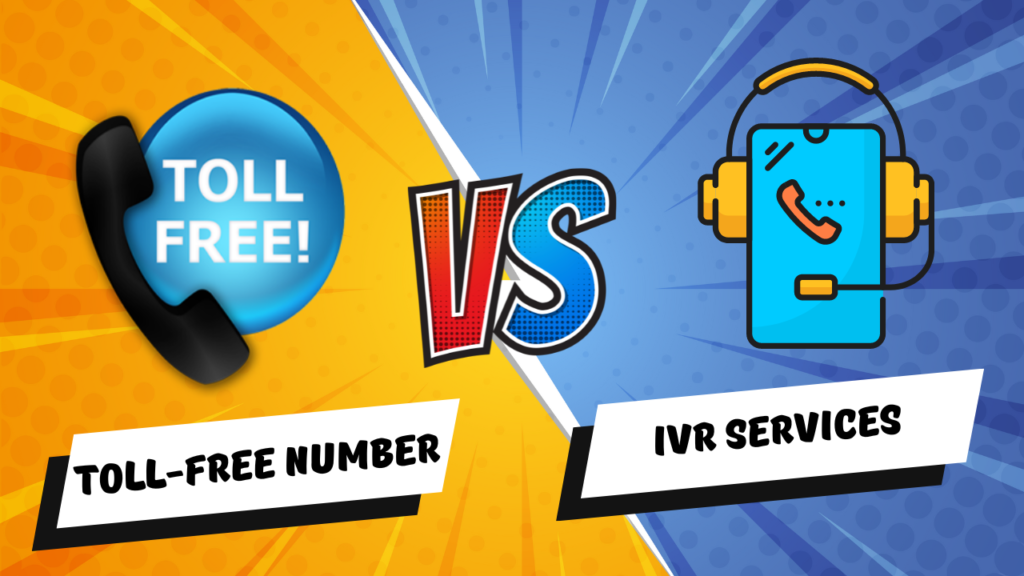
In today’s fast-paced business world, having a reliable phone system is crucial for staying connected with customers. One of the most common business options is to provide a 1800 toll-free number. An increasing number of companies are turning to IVR (Interactive Voice Response) solutions to manage customer calls. What is the difference between these two options, and which one is right for your business?
What are Toll-Free Numbers?
Toll-free numbers, also known as 1800 numbers or freephone numbers, are telephone numbers that begin with one of the toll-free codes (such as 800, 888, 877, 866, 855, 844, or 833). These numbers are free to call for the person calling, as the cost of the call is paid for by the business or organization that owns the number. The use of toll-free numbers is intended to increase the likelihood that a customer will call a business, as they do not need to pay for the call. They are often used by businesses and organizations to provide customer service, sales, and technical support.
What are IVR Numbers?
IVR (Interactive Voice Response) numbers are phone numbers that are connected to an IVR (Interactive Voice Response) system. IVR systems are computer-based systems that use voice prompts to guide callers through a series of menu options. IVR systems can be used to route calls to the appropriate department, provide information on products or services, or even take payments. IVR systems are also known as “phone trees” or “voice menus” and can be used by businesses and organizations to manage a high volume of calls, as they can handle multiple calls at once, and callers can get the information they need without having to speak to a live person.
Toll-Free Number Solution VS IVR Calling Solutions
One of the major advantages of IVR solutions is the ability to handle a high volume of calls, making them an ideal solution for call centers. With an IVR system, callers can be quickly routed to the appropriate department, reducing wait times and increasing efficiency. Furthermore, IVR solutions India for healthcare can help streamline patient communication and appointment scheduling. And for small businesses, an IVR solution can provide an efficient and cost-effective way to manage calls, without the need for a large customer service team.
While Toll-free numbers are a great option for businesses that want to make it easy and affordable for customers to call them, they don’t offer the same level of efficiency and flexibility as an IVR system. With a toll-free number, all calls must be answered by a live person, which can lead to longer wait times and higher costs.
In conclusion, both Toll-free numbers and IVR solutions have their own advantages and disadvantages. A toll-free number is a great option for businesses that want to make it easy and affordable for customers to call them, while an IVR system is a great option for businesses that want to manage a high volume of calls and provide customers with a variety of self-service options. It’s important to weigh the pros and cons of each option and determine which one will best serve your business and customers. An IVR service provider can help you customize an IVR solution that fits your specific needs and goals.
We hope this article helped clarify the differences between toll-free and IVR solutions. PRP Services offers enterprise-grade toll-free solutions and IVR numbers. As one of the leading call-center solution providers, PRP Services offers high-quality toll-free services and IVR numbers at an affordable price.
